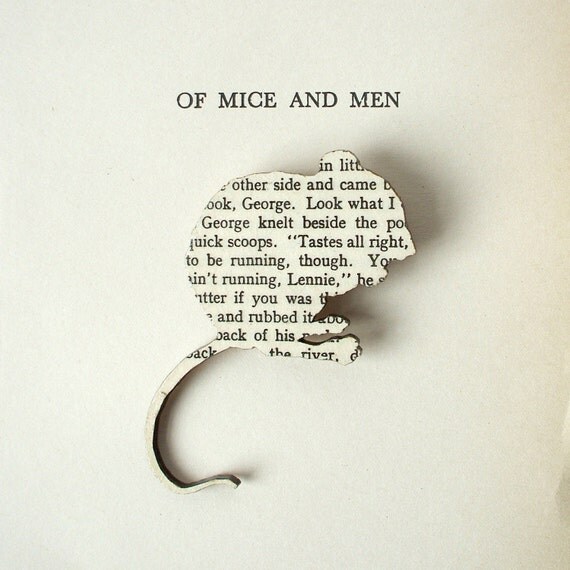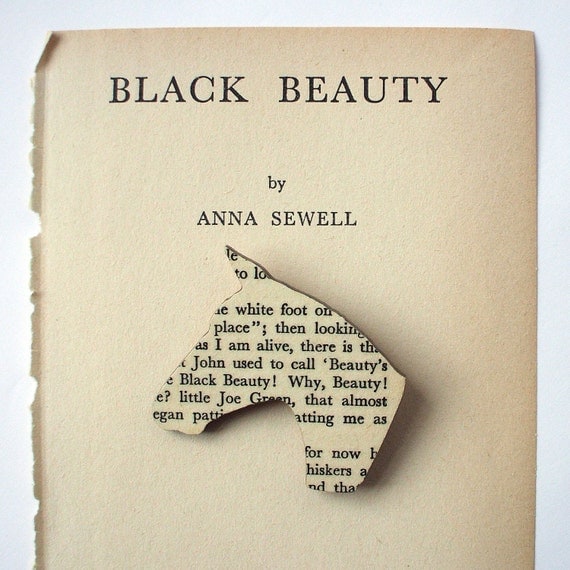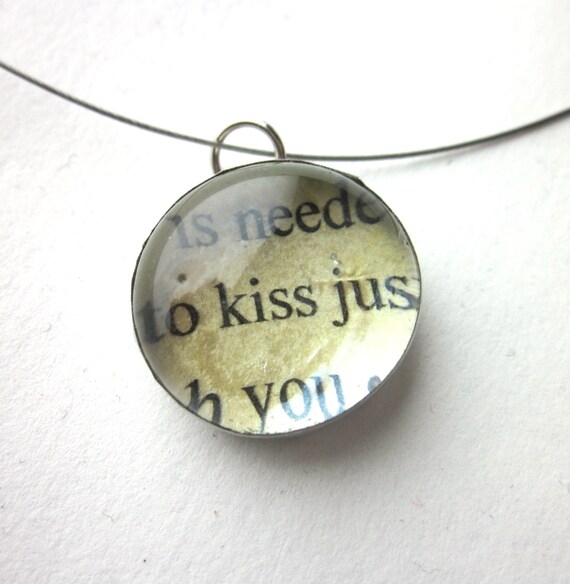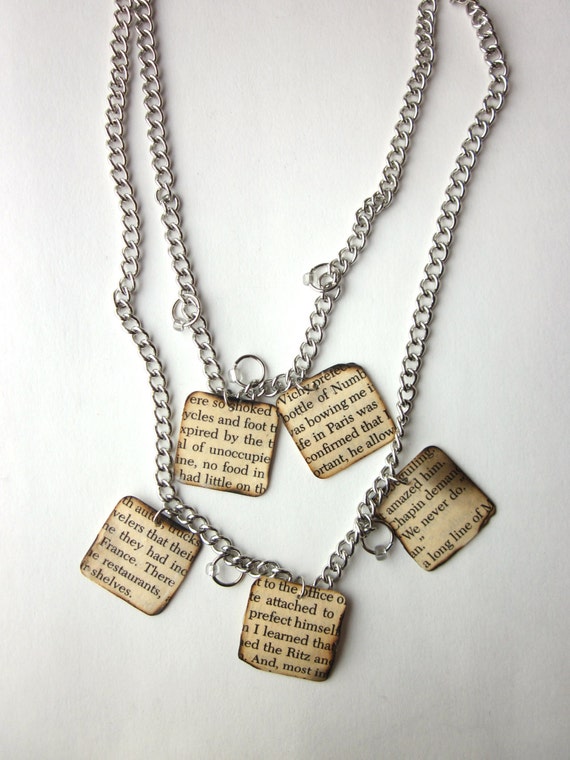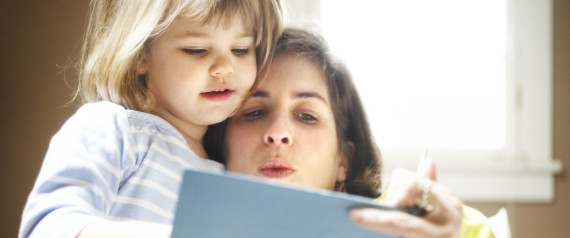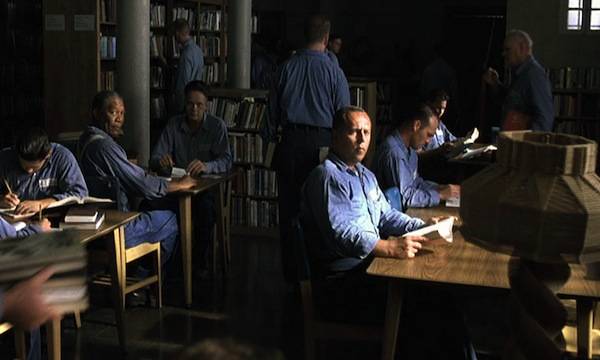 Over the past year or so, I've watched a lot of TV shows and films about prisons. Yes, that might sound a little weird, but it seems to be a trend, particularly with the popularity of shows like "Prison Break" and "Orange is the New Black," as well as classic films like "The Shawshank Redemption" and "Malcolm X." And while watching these shows and movies, it always made me happy when the scenes took place in the prison library, seeing the inmates get the opportunity to read and learn and grow from books, the way I believe books are meant to teach. Heck, it's been proven that
Over the past year or so, I've watched a lot of TV shows and films about prisons. Yes, that might sound a little weird, but it seems to be a trend, particularly with the popularity of shows like "Prison Break" and "Orange is the New Black," as well as classic films like "The Shawshank Redemption" and "Malcolm X." And while watching these shows and movies, it always made me happy when the scenes took place in the prison library, seeing the inmates get the opportunity to read and learn and grow from books, the way I believe books are meant to teach. Heck, it's been proven thatbooks can help mental health patients, and there's an organization in the UK focused solely on that task. That's gotta mean something, right?
So, when I saw a headline on GalleyCat yesterday that stated "Authors Fight Ban on Books in UK Prisons," you can imagine my upset:
British authors Phillip Pullman and Mark Haddon are among many that have spoken out to stop new rules that restrict access to books among prisoners in the UK.
“Any government worth having would countermand this loathsome and revolting decision at once, sack the man responsible, and withdraw the whip from him,” Pullman told The Guardian.
Mary Sweeney launched a Change.org petition [yesterday] urging Rt. Hon. Chris Grayling MP to “review and amend” the new rules. The petition has already generated more than 5,000 signatures. Here is an excerpt from the petition: “Access to books can be crucial for education and rehabilitation. Access to family items are important for continued family connection, and should not additionally punish children of prisoners who need contact.” (Via The Guardian).
See the original post HERE
I don't know about you, but I immediately went over to Change.org to sign the petition. To take away something like reading, even from those who have committed crimes and are imprisoned, you take away the potential for personal growth, compassion, and possibly rehabilitation. Not only are these new rules keeping inmate from exploring the healing power of reading, but they are also keeping inmates from any family-related items and even their children, an issue that reaches far beyond the book. It makes me want to cry to think that now the children are also being punished by not being able to have relationships with their parents, just because said parent(s) may be incarcerated. There are so many things wrong with this picture.
So, if you believe in reading and of family as powerful motivators and inspirations to heal and change one's life, get your butt over to change.org and add your name to the petition. At the writing of this blog, more than 6500 signatures are still needed, so don't hesitate. Just help.

